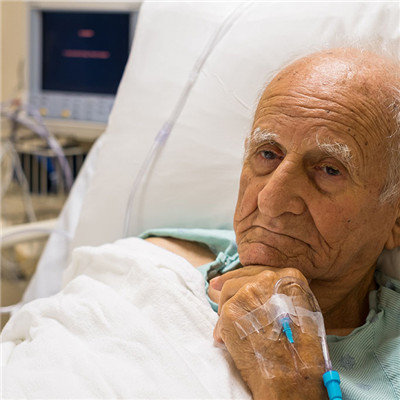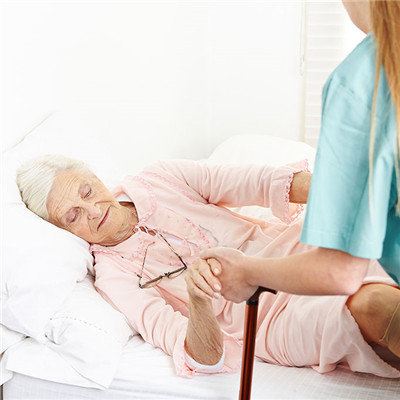What is apraxia syndrome?
summary
Long term bedridden (or long-term bedridden, bedridden) refers to a clinical phenomenon that the elderly people, due to long-term illness and disability, are in partial or complete need of help, including long-term bedridden, sitting chair and elderly people who can only live indoors but can not go out. The consequences of long illness in bed are serious. Once it happens, the hope of recovery is small, and prevention should be emphasized. Long term bedridden can lead to various complications and worsen the condition. A series of clinical manifestations are caused by long-term bedridden and braking, which are called apraxia syndrome or hypokinesia syndrome. Once the elderly enter this state, it is difficult to get rid of it.
What is apraxia syndrome?
1. Cerebrovascular disease cerebrovascular disease is the primary cause of bedridden elderly patients (accounting for more than 50%). 1. Severe stroke: after acute treatment, the elderly patients with severe cerebrovascular accident have saved their lives, but left symptoms of nerve defects, which affect the limb function, including agnosia, anorexia, ataxia caused by deep sensory disturbance, Bilateral paralysis or severe flaccid paralysis. This situation often has no improvement or almost no hope of improvement, so that patients stay in bed for a long time. ② Stroke complicated with other diseases: although some patients with cerebral thrombosis, especially the elderly patients, have left paresis, they are complicated with acute myocardial infarction on this basis, or have been subjected to lower limb amputation to aggravate the condition and lead to long-term bedridden, which is called compound disability.

2. Diseases below bone and joint diseases can cause long-term bed rest. ① Fracture: fracture is also one of the main reasons for long-term bedridden elderly (accounting for 20%). Among the bedridden elderly, the femoral neck fracture caused by falling is the most, followed by the fracture of femur, humerus, rib, spine and tibiofibula. Plaster fixation and bed rest after fracture can easily cause muscle or bone atrophy, resulting in joint contracture or ankylosis, making the patient bedridden. ② Osteoarthritis: rheumatoid arthritis, gouty arthritis, diabetic osteoarthritis, etc. develop to the late stage, causing joint deformation and ankylosis, limiting the patient's activity, further leading to bedridden.

3. Due to the influence of various diseases, disabilities and aging, nearly half of the elderly can't take care of themselves. Therefore, one of the common reasons for staying in bed for a long time is the increase of life expectancy and the proportion of sick and disabled. Because of aging, even a cold can cause bedridden in the elderly, and cause a series of chain reactions in a short period of time, develop into bedridden.

matters needing attention
The elderly bedridden for a long time should be based on the prevention of some mild diseases. Due to the lack of proper guidance, the elderly bedridden. The old people are generally weak in physical strength, and their resilience and willpower are worse than those of the young people, and they also have more risks. Therefore, they tend to be too cautious when they have a little minor illness, resulting in a vicious circle of unnecessary long-term bed rest → disuse syndrome → deterioration of systemic symptoms and complications → prolongation of bed rest time.












